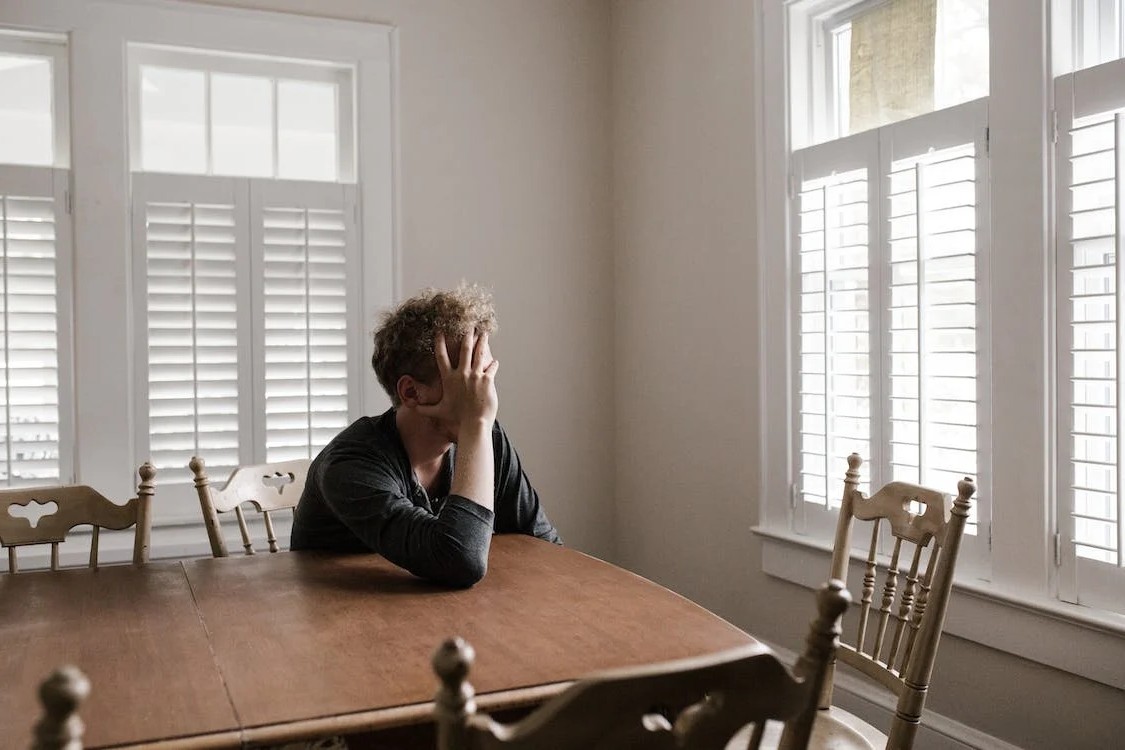Creating a safe and supportive home environment is essential for sustaining sobriety and fostering lasting change in addiction recovery. Allen Carr emphasizes the need to view addiction as a symptom rather than a disease in his approach to understanding addiction. With this in mind, let’s examine the key elements of creating a safe domestic environment for South Africans seeking addiction treatment.
Proactive Approach
Take a proactive approach to removing triggers and temptations from your residence. Identify objects or substances linked to your addictive behaviors and remove them from your environment. This may involve getting rid of alcohol, narcotics, and drug paraphernalia, as well as avoiding people who enable or promote substance abuse.
Establish Boundaries and Communicate Effectively:
Creating a secure space requires establishing clear boundaries with family members or roommates. Communicate your requirements and expectations openly and discuss how they can facilitate your recovery. Establishing and sustaining open channels of communication and healthy relationships will contribute to a supportive home environment.
Create a Network of Support:
Surround yourself with people who understand and support your recovery objectives. Seek out support groups, such as Alcoholics Anonymous (AA) and Narcotics Anonymous (NA), where you can communicate with others who have experienced comparable difficulties. Engaging in therapy or counseling can also provide a safe environment in which to investigate emotions and develop effective coping mechanisms.
Focus on Self-Care:
Give top priority to self-care practices that enhance overall health. Establish healthful routines consisting of regular exercise, nutritious meals, and adequate rest. Participate in activities that offer you pleasure, relaxation, and personal satisfaction. By taking care of yourself physically, mentally, and emotionally, you establish the basis for a safe and nurturing home.
Encourage Positivity and Mindfulness:
Surround yourself with positive influences and engage in mindfulness meditation. Engage in activities that encourage optimism and a positive outlook, such as reading uplifting literature, listening to motivational lectures, and practicing mindfulness meditation. Positivity and mindfulness can help you overcome obstacles and maintain a safe and supportive home environment.
Creating a secure environment at home for recovery from addiction requires dedication and commitment. By removing triggers and temptations, establishing boundaries and effective communication, developing a supportive network, emphasizing self-care, and fostering positivity and mindfulness, you can foster your recovery journey.
Allen Carr Approach
The approach of Allen Carr reminds us that addiction is not an incurable disease, but a reversible symptom. By implementing these strategies, South Africans pursuing addiction treatment can create a home environment conducive to their recovery objectives and safety. Remember that you have the ability to transform your home into a place of rehabilitation and development, allowing you to embrace a fulfilling and substance-free life.
Along with our comprehension of addiction, the concept of creating a safe home environment for addiction recovery has evolved throughout history. The approach to recovery and the significance of a supportive home environment have been shaped by the realization that addiction is a symptom of underlying factors rather than a personal failing.
In the past, addiction was frequently stigmatized, and those battling substance abuse were frequently marginalized rather than supported. As society’s comprehension of addiction grew, however, so did the importance of a safe home environment in promoting long-term recovery.
The emergence of mutual support groups such as Alcoholics Anonymous (AA) and Narcotics Anonymous (NA) played a pivotal role in highlighting the significance of establishing a supportive network at home. These groups brought together people facing comparable obstacles, providing a forum for sharing experiences, offering support, and fostering a sense of community. This sense of belonging and assistance contributed to the realization that recovery is not a solitary voyage, but rather one that is heavily influenced by the home environment.

In recent years, research and evidence-based practices have emphasized the significance of a safe and nurturing home environment even more. Experts have emphasized the significance of removing stimuli and temptations from the home, recognizing that addiction is a complex interaction of biological, psychological, and social factors. This includes removing substances linked to addictive behaviors, establishing boundaries with family members or companions, and developing effective communication techniques.
South Africa, like many other nations, recognizes the importance of a supportive domestic environment in the recovery from addiction. These principles have been incorporated into the programs of treatment centers and rehabilitation facilities across the nation, offering a comprehensive approach that extends beyond therapy sessions. South Africans seeking addiction treatment are encouraged to participate in support groups, counseling, and aftercare programs that emphasize the establishment of a secure and supportive home environment.
By understanding the history of creating a secure home environment for addiction recovery, you can recognize the progress made in recognizing the significance of a supportive network and a nurturing living environment. Today, you have the chance to implement this knowledge and actively establish a home environment that supports your recovery journey. Remember that you have the ability to transform your home into a place of rehabilitation and development, allowing you to embrace a fulfilling and substance-free life.




